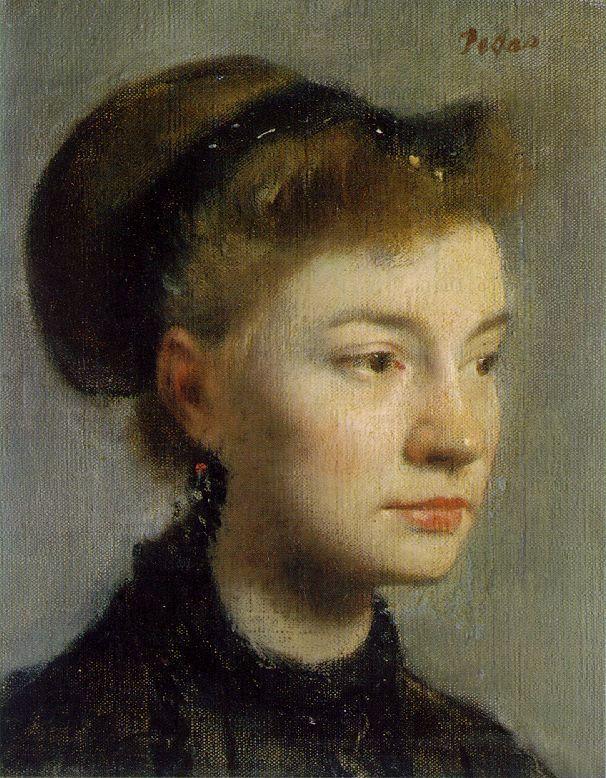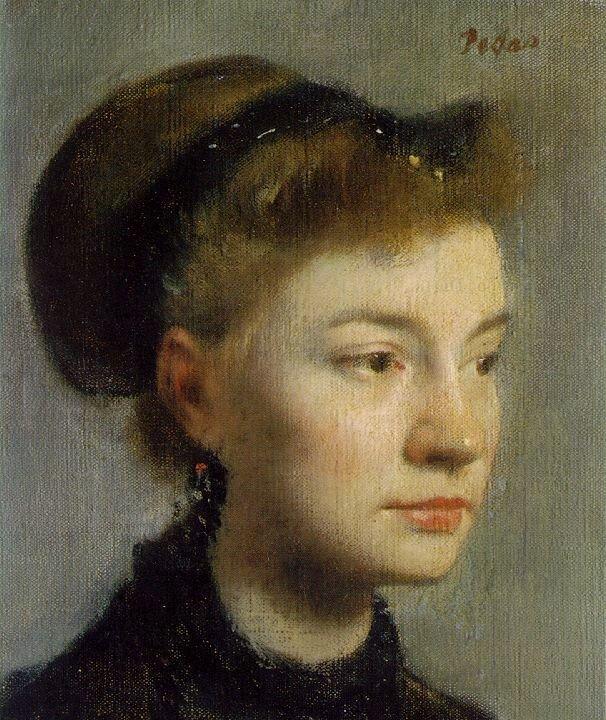In this column, “The Masters’ Thread” (ept.ms/mastersthread), artists share their thoughts about how one master’s piece inspires their current work.
In agreeing to write about a significant painting in art history that influenced me, I found myself in something of a real dilemma. Let me explain.
All of my training and all of my early painting life was circumscribed and challenged by the wonderful, incredible art that came before. As I had no serious studio instruction, I constantly scoured almost all of this art searching for “secrets” of how to paint.
It started with the 15th-century Flemish art of van der Weyden and Memling. The museum became my studio as I continued to look and learn from Rembrandt and Vermeer, from Velázquez and Ribera. The inspiration and learning was ongoing over a span of my first 15 years of painting as I discovered Ingres, Delacroix, and Géricault, and finally Degas and Toulouse-Lautrec. They all became my instructors. So, you see my dilemma—there are far too many inspirations to choose from. Well, if I have to make a choice of just one artist and one piece of art, I would settle on this small portrait by Degas: “Portrait of a Young Woman.”


